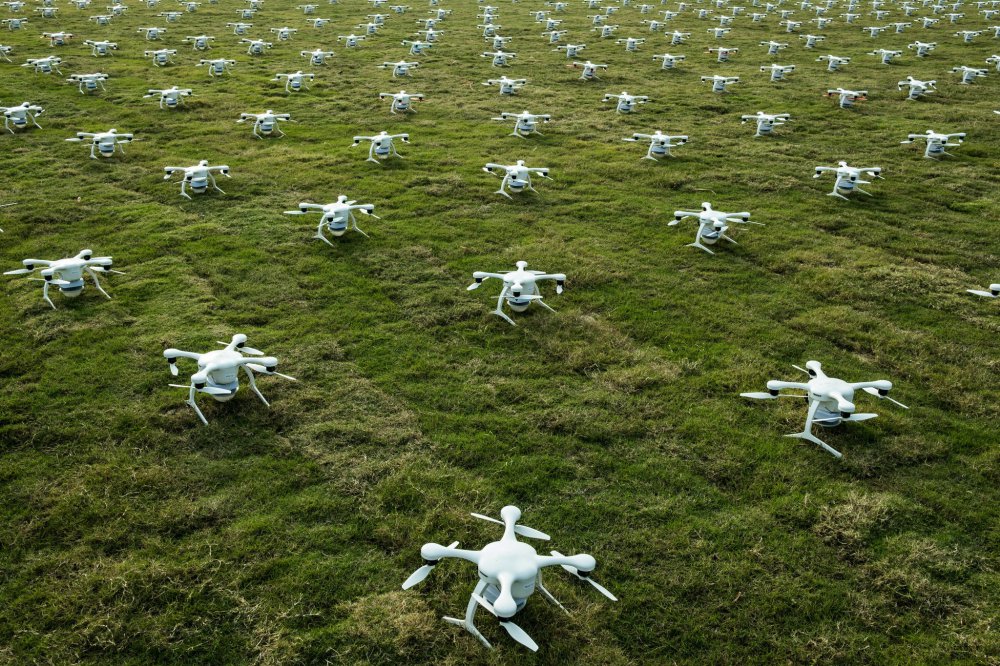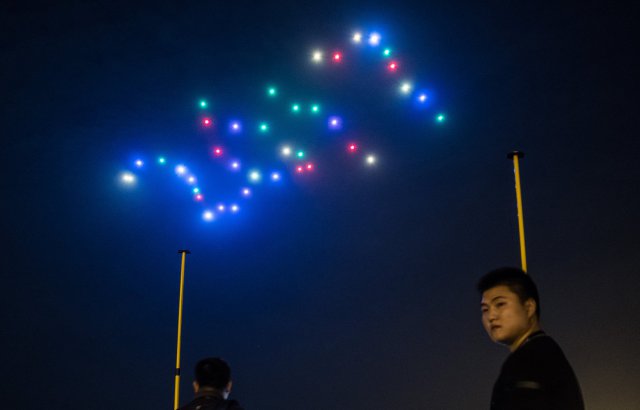At the World Fly-In Expo, an air show held in the central Chinese city of Wuhan last month, jets, hot air balloons, autogiros and ultralight planes were upstaged by Chinese-made drones.
Remote-controlled flying machines drew crowds at exhibition booths and performed in tight formation, high above the ground. Teams in brightly colored jackets raced industrial drones and competed in events like delivering parcels and spraying plumes of mock pesticide.
Special drones even helped clear the skies of birds before performances by manned aircraft, using loud blasts of noise.
In Wuhan, the Ewatt Aerospace Flight Academy is expanding. The school, which is run by the industrial-drone maker Ewatt, was the first in China to be accredited to issue the license needed to pilot heavy industrial drones. Its one-month course attracts people who hope to work either for a drone maker or for another kind of company that needs drone operators.
“More and more people want to learn,” said the school’s dean, Li Chunfei.
They are starting earlier and earlier, too. At Zhongjiacun elementary school in downtown Wuhan, Xiong Sheyu, 11, is a member of the drone club. Under the supervision of a teacher, Yang Lei, students meet every Sunday to fly commercial drones.
They also build their own, which look like giant paper airplanes.
From the school’s playground, Sheyu sends one of them soaring, a Chinese flag in tow. With a remote control, he steers it among the concrete buildings. The cardboard plane, held together by tape and glue, hangs in the air for around 10 minutes.
“I love to see the world from the sky,” Sheyu said.
His father, Xiong Pinggao, added: “Learning to fly drones can make him prouder of the country.”
At the air show, Sam Zhang and Yuan Jiajie laid out more than 100 white drones on a grassy field, preparing for the evening’s entertainment. The two men work for Ehang, a Guangzhou-based company that makes consumer and commercial drones. Ehang is also testing another drone — a small, unmanned helicopter, essentially — that can fly a passenger for 25 minutes at an average speed of 37 miles an hour.
Another business for Ehang: light shows. Mr. Zhang drives a blue truck loaded with equipment all around China, filling the skies above private parties and government events with swarms of colorfully lit drones.
As night falls in Wuhan, Mr. Zhang and Mr. Yuan take their controls. Like a regiment of fireflies, the drones lift off from the ground. They form words and shapes — a plane; a bird’s wings; the letters “WFE,” for World Fly-In Expo — and make the sky dance and swirl with light.
Source: New York Times


